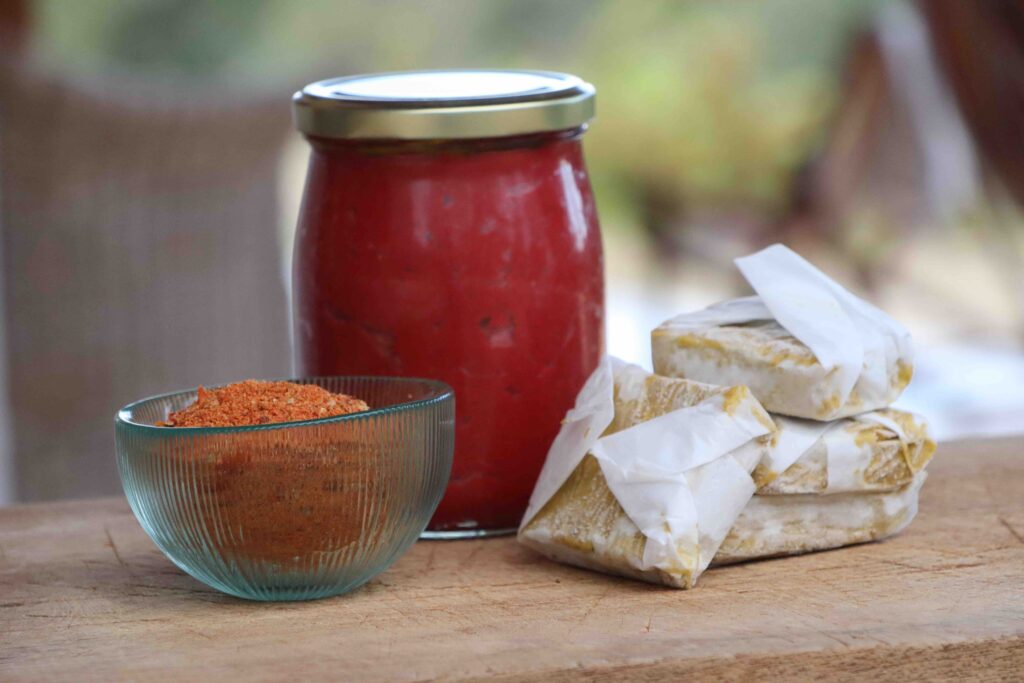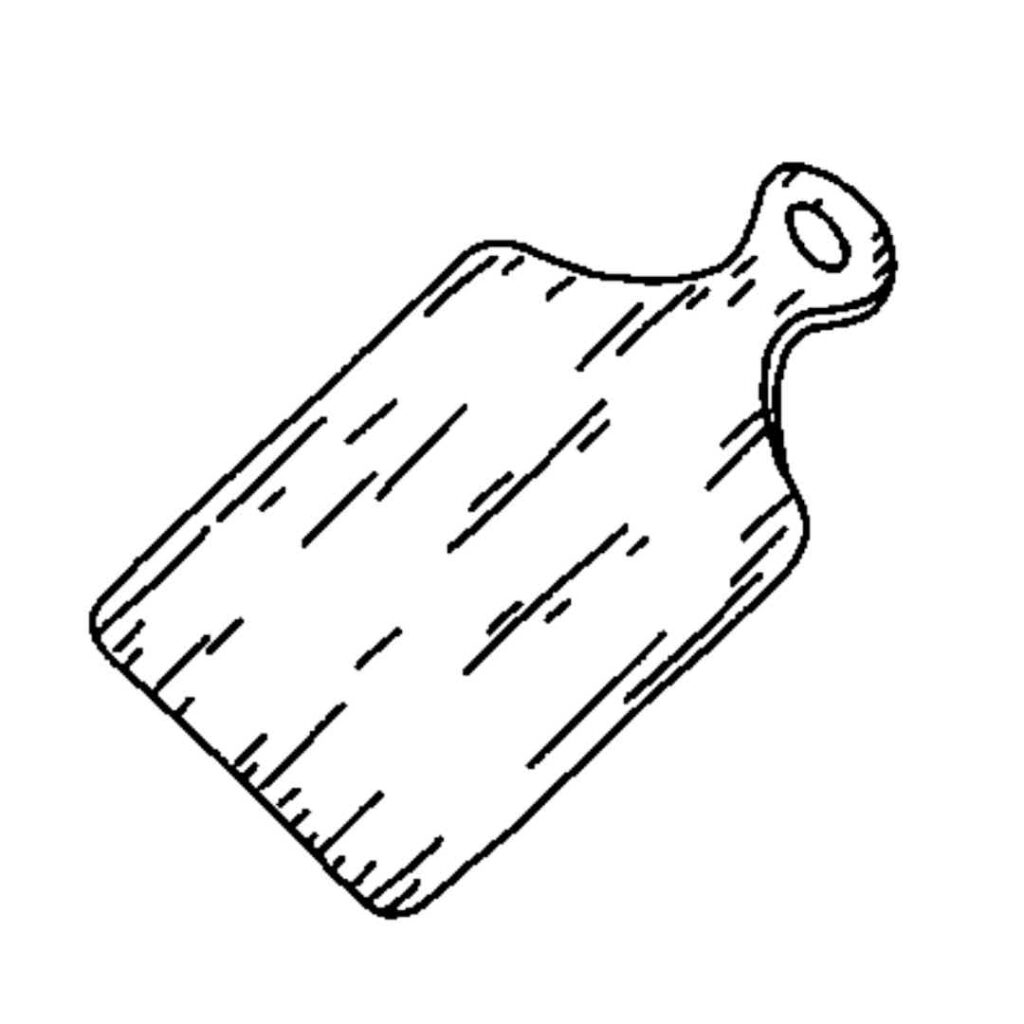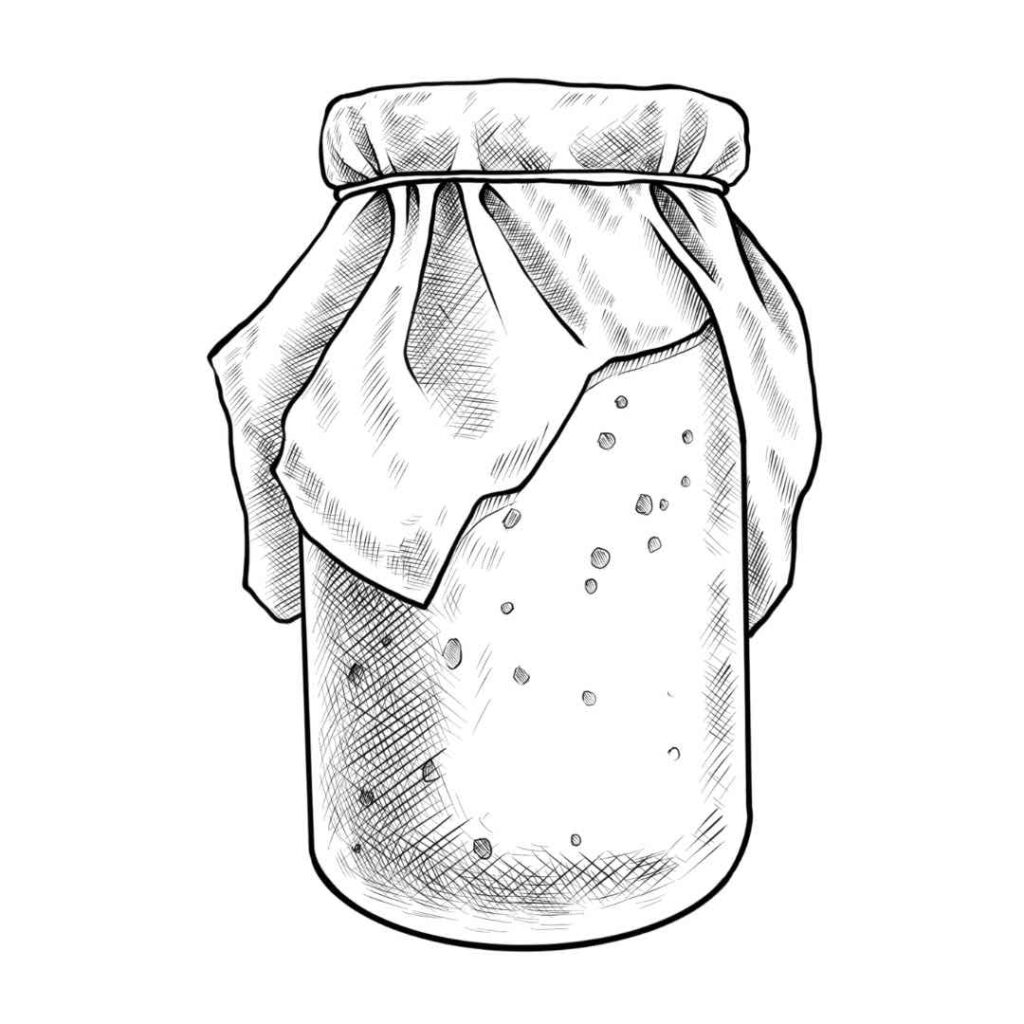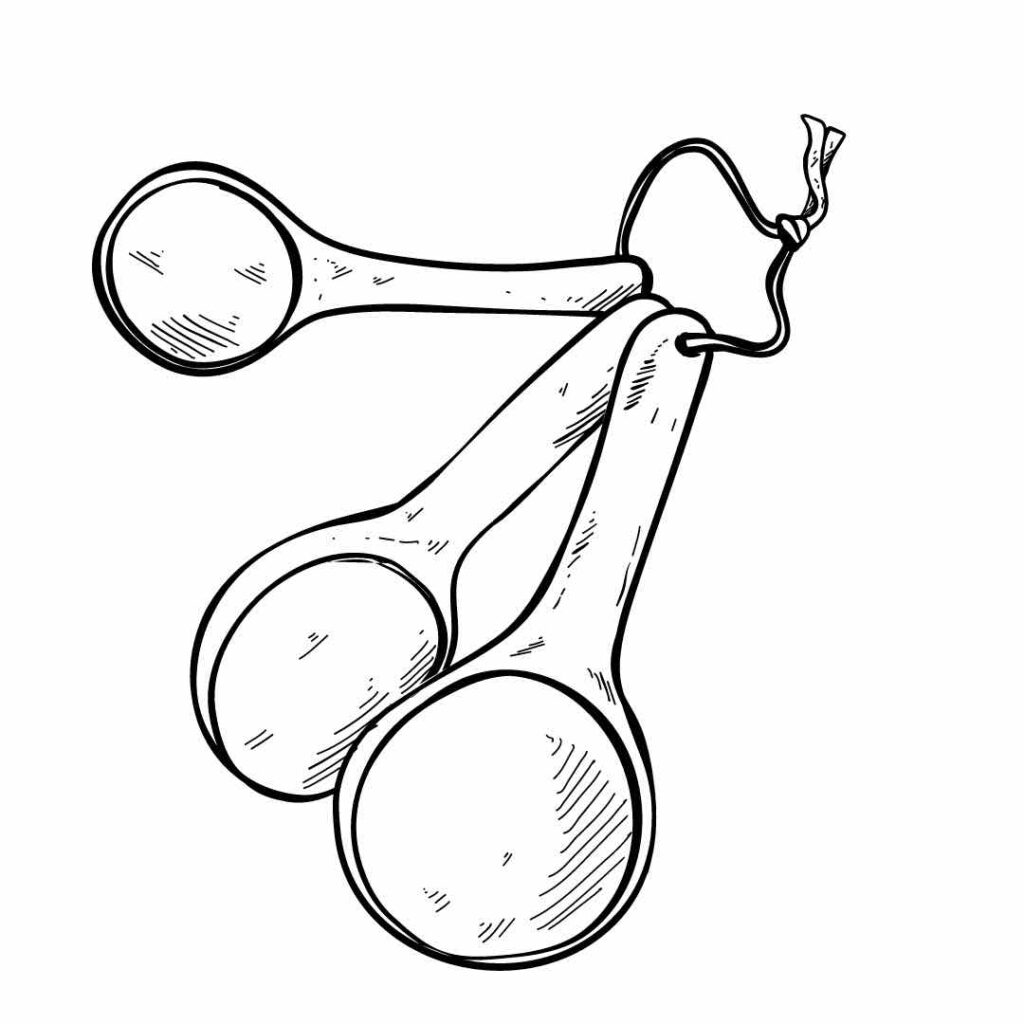Tomatada

A fermented Tomato Paste that will add an incredible depth of flavour to any of your dishes. We use this in stews, sauces and even in meat rubs.
Dive into the rich, savory world of homemade tomato concentrates with our “Unique fermented tomato concentrate ‘Tomatada’ recipe. Made using ripe saucy tomatoes and fermented to perfection, this concentrate captures the essence of sun-kissed tomatoes in a jar. A culinary secret passed down through generations, ‘Tomatada’ adds depth and complexity to any dish. Whether you’re a seasoned chef or just getting started in the kitchen, this recipe offers a unique twist to traditional tomato pastes. Enjoy the harmony of flavors, the natural fermentation process, and the satisfaction of creating a staple ingredient that can elevate your meals to the next level. Let’s embark on this gastronomic adventure together!


A fermented Tomato Paste that will add an incredible depth of flavour to any of your dishes. We use this in stews, sauces and even in meat rubs.

Serves:
1 jar, medium

Time to Prepare:
1 hour

Time to cook or cure:
1 week

Skill
Fermentation

Serves:
1 medium jar

Time to Prepare:
1 hour

Time to cook or cure:
1 week

Skills:
Fermentation

Ingredients
You will need more tomatoes if they are very juicy. These tomatoes have less pulp, meaning you will
Tools
Useful guidelines
Tips: Use the tomatada as you would tomato concentrate in soups, stews, meat rubs, or even ravioli fillings. Since this paste has a high salt concentration, factor that in when cooking.
Storage
Store in a cool, dark place for up to 3 years unopened. Once opened, it’s best to refrigerate.
Simply follow these steps:
Step 1: Wash your tomatoes well and cut them into pieces small enough to feed into your passata machine or to put into your blender.
Step 2: Feed them into your passata machine, collecting the pulp and seeds in separate containers. Don’t discard the seeds and peel; they can be used for our tomato flake spice mix, another great flavor-boosting recipe! If using a blender and passevite, first blend the tomatoes into a smoothie, then pass this liquid through your passevite, sieving out the peels and seeds.
Step 3: After separating the peel and seed from the pulp and liquid, place the seeds and peel into a sieve to let them drain more before use.
Step 4: The liquid pulp is the base for your tomatada. Put this into your cheesecloth or old pillow casing and tie up the “balloon of liquid.” Hang this balloon over a large bowl to collect the tomato water that will start dripping out. Most of the liquid will drain off in the first 24 hours. You can use this liquid in sauces or soups. Alternatively, serve it with a fresh leaf of basil and ice cubes as a refreshing drink. If not used for cooking, it’s an excellent addition to your compost heap due to its rich nutrients.
Step 5: Leave the balloon for 24 hours before tying a string around it to promote more drainage. Tighten the strings and add more daily to dehydrate the pulp as much as possible. The next day, a white film (yeast formation) should start forming on the balloon’s exterior. This is normal! Scrape it off daily to promote more drainage.
Step 6: By day 5 (or sometimes a day or two later), the consistency should resemble soft playdough. Now, remove the pulp from the bag/cloth and combine it with salt. Weigh the dehydrated pulp and calculate 20% of that weight in salt. You should end up with about 5% of your original tomato weight in clean pulp. For instance, with 500g of clean pulp, you’d add 100g of salt.
Step 7: Mix the salt well, then transfer the paste into a sterile glass jar. Minimize air bubbles by pressing it down with each scoop. Lastly, cover the paste’s top with a layer of olive oil. Voilà, your tomatada is ready for use!

Recipe Categories
We lost so much.
Our pastures are destroyed, many of our old olive trees, the young orchards, the irrigation systems, our most important tools, water pumps, and power setup—either melted or destroyed.
Our food and hay stores, the fences, and many of the stable buildings are either damaged or lost entirely.
What took years to build was reduced to ash in a single afternoon.
Ready to Recharge and Enjoy Real Food in Nature?
Cook, connect, and grow in the heart of our regenerative farm.
Real food. Deep rest. Lifelong memories.
